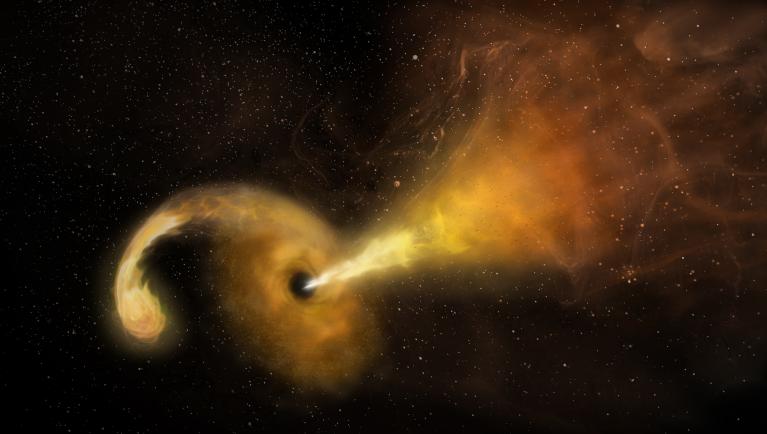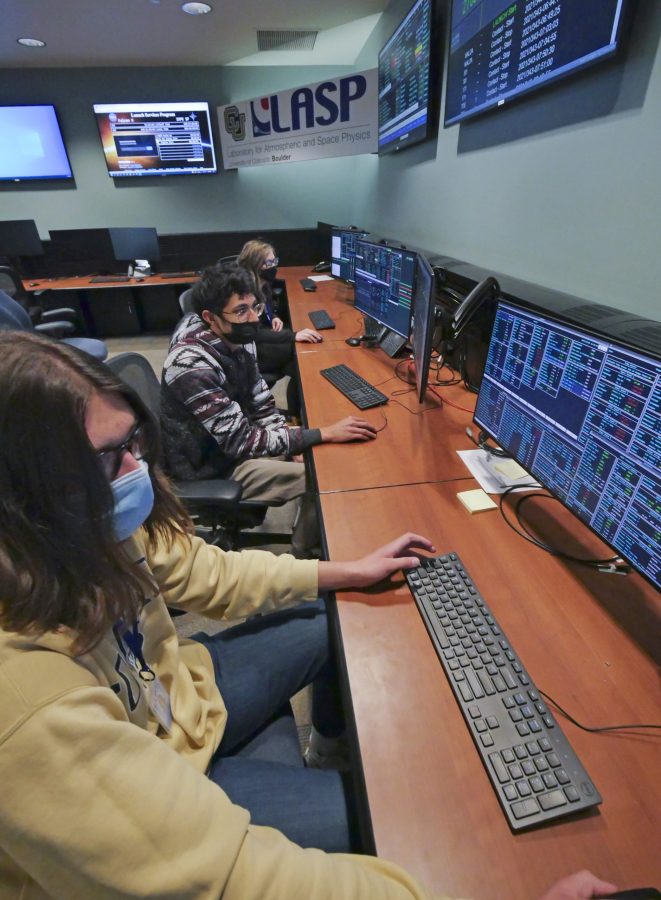Launched in late 2021, the science activities for NASA’s IXPE (Imaging X-ray Polarimetry Explorer) mission were directed by researchers at NASA and the Italian Space Agency through February 2024. Now, during the General Observer phase of the mission, IXPE’s observation program primarily is guided by the broader scientific community. “We’re in the process of turning …
IXPE General Observer Program Opens Doors to Global X-ray Astronomy


































